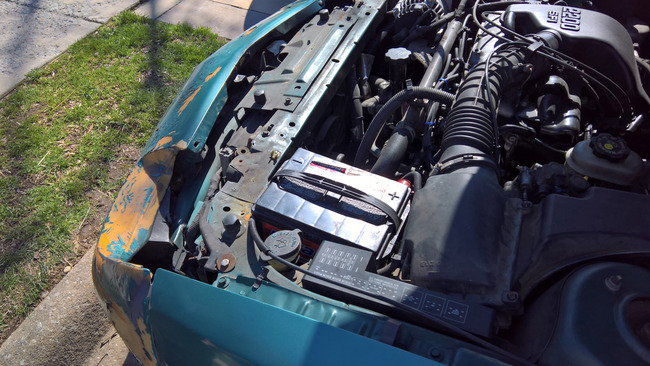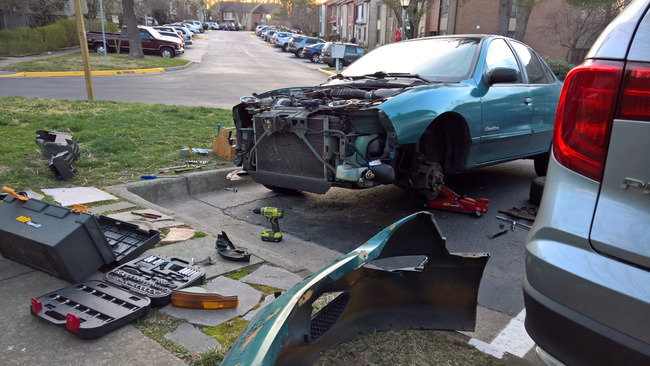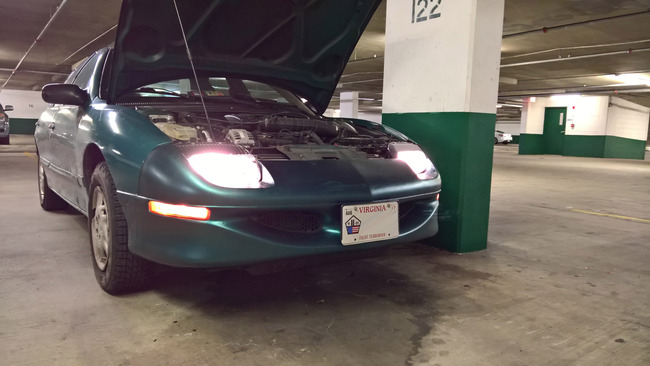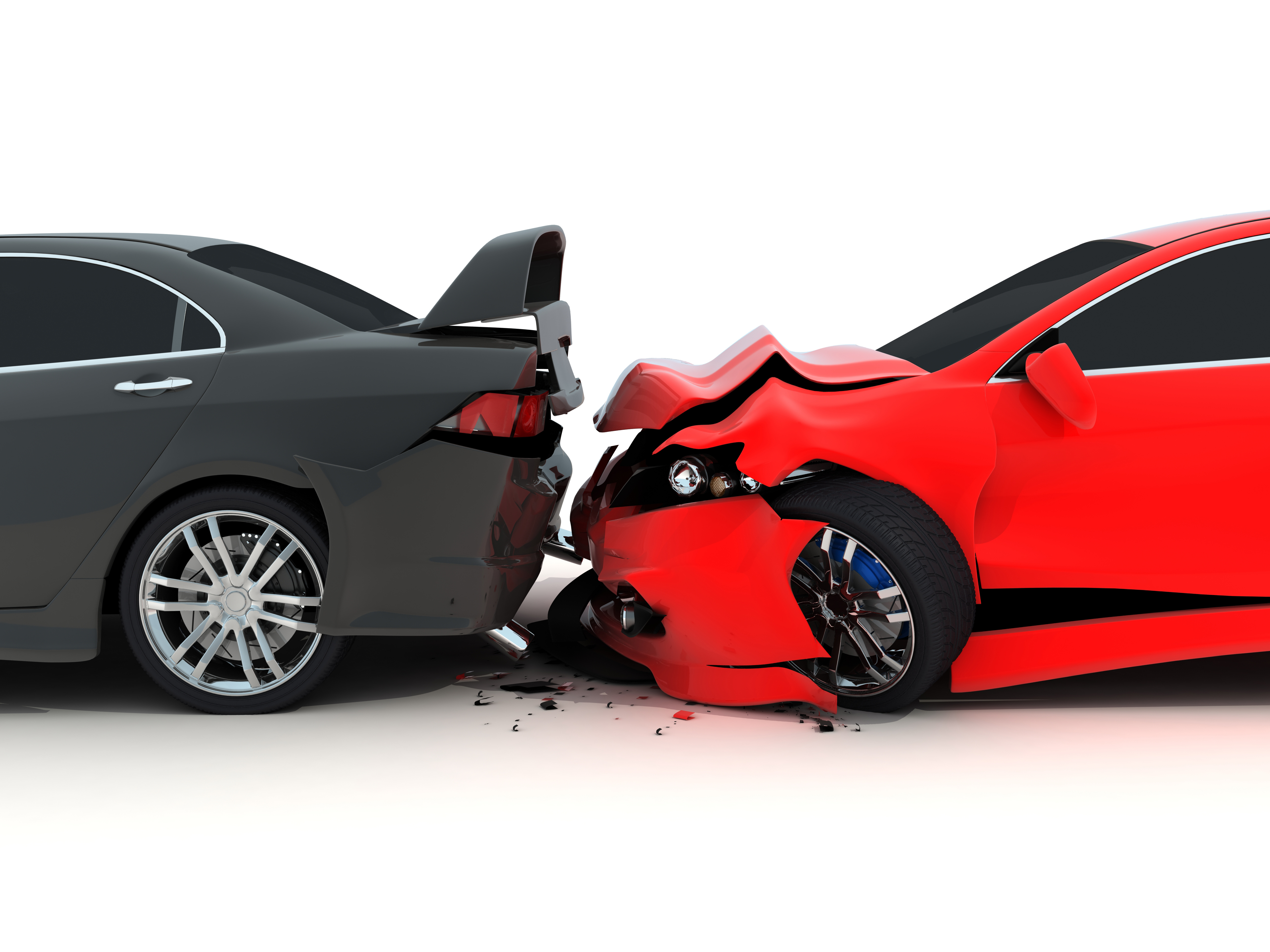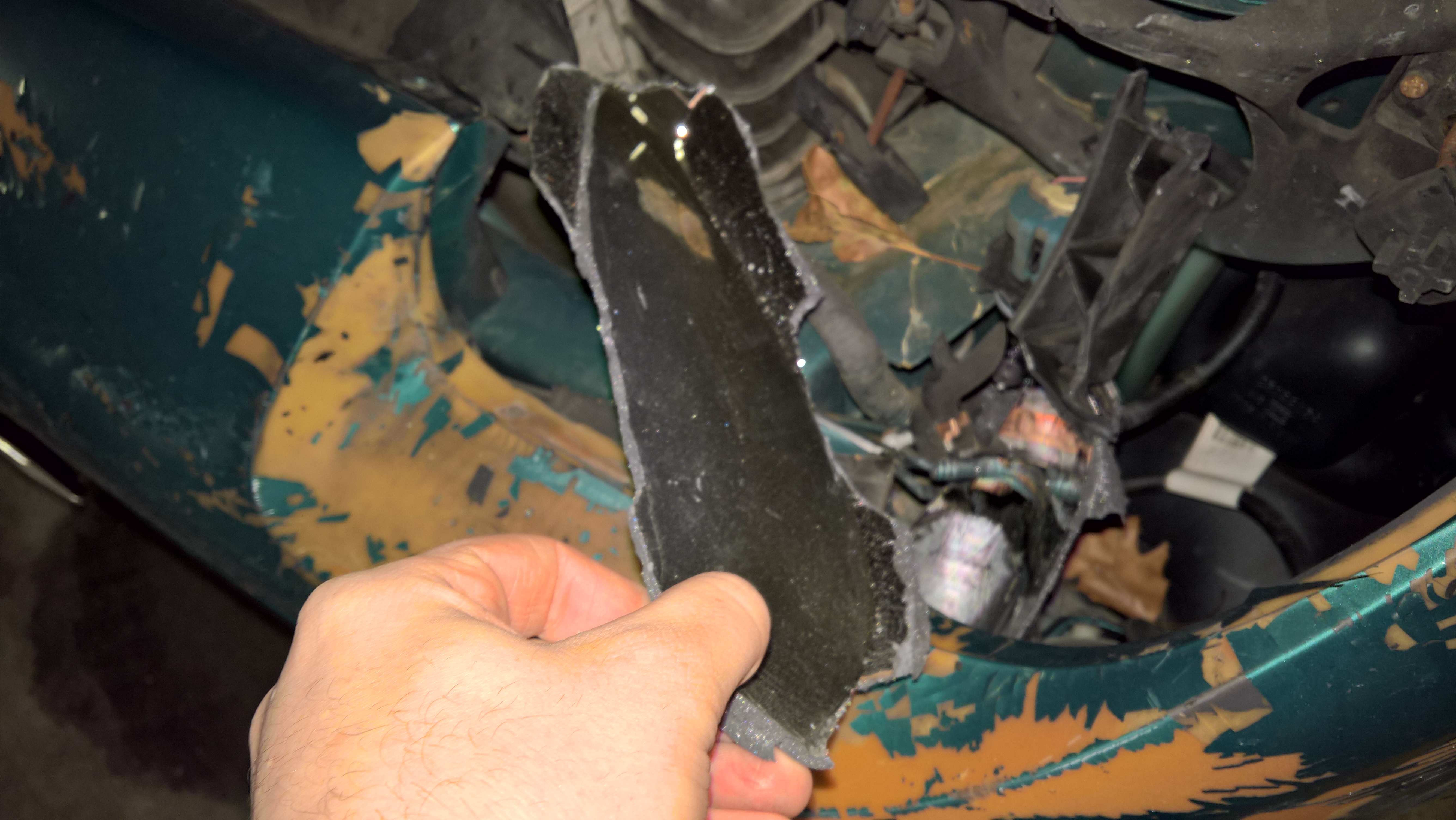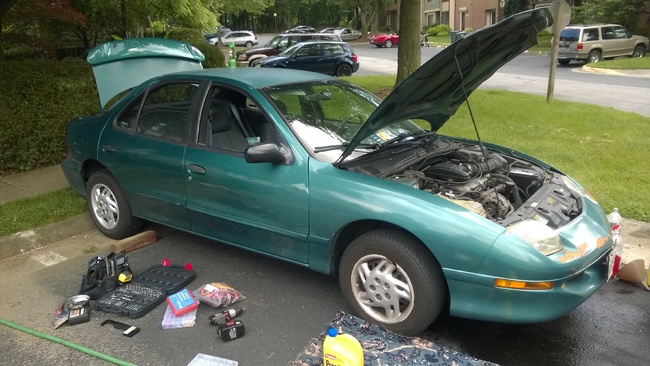#SaveEddie, Part V: The Fragility of Fasteners
 Monday, September 25, 2017 at 6:22PM
Monday, September 25, 2017 at 6:22PM
This is the fifth part in a series of articles chronicling my illogical attempts to repair and restore my long-time owned Pontiac Sunfire, affectionately dubbed "Eddie." Do not anticipate expert repair advice. Trust me, an actual mechanic would have sorted this all out years ago.
Previous entries:
Part I: The Coefficient of Friction
Part II: The Consequence of Inertia
Part III: The Inconvenience of Arithmetic
Part IV: The Agony of Without
Perhaps it’s separation anxiety. I’ve had this Sunfire for nine years, which is twice as long as you have a kid before dropping it off at preschool. At least I think that’s the age for preschool. Given the mental maturity of some individuals I’ve met, preschool could start as late as eighteen, for all I know. Regardless, I’ve had time to grow attached to this little scamp, and now I have the urge to keep it for eternity.
Eternity will have to wait, however, until I can get him put back together. First off, nothing is getting done at my apartment complex, since the lease doesn’t permit on-site repairs, so I’ve set up shop at my parents’ house. It wasn’t hard to do, since most of my repair shop is already stored in Eddie’s trunk. That’s the reality of my situation: my daily driver is also my project car. At any point, Eddie could break down (though he rarely does), and I want to be ready for the occasion. True, the hundred and some-odd pounds of tools and a hydraulic floor jack add unnecessary weight, which spoils handling, fuel economy, and performance in acceleration and braking, but Murphey’s Law dictates I will break down within 12 hours of relocating these tools to a less mobile storage option.
So the tools stay in the trunk, where they also come in handy when something needs fixing when I’m at work, where there is a limited selection of repair implements. Luckily, my coworkers haven’t figured out I always have tools with me, and therefore they aren’t constantly asking me to fix things.
First thing to come off is the bumper cover, albeit, with some convincing. Once that’s off, we can see the crushed absorber and folded bumper reinforcement. Taking those off, the radiator and AC condenser are untouched. Some quick measuring shows the left corner of the unibody is pushed in and slightly up. The left headlight is toast; we didn’t need any disassembly to tell us that, but the right one has damage from the previous owner, which is yet further evidence of Eddie’s careless history.
I wish I could remember the name of the guy who owned this little Pontiac before me so I could occasionally swear his name in vain. A front-right collision damaged many things that weren’t addressed, not limited to a bent front-passenger door frame, shattered inner fender and splash guard, damaged wire loom conduit, and (most recently found) headlight assembly. I don’t know how I lived with it, but the damage to the bracket meant the right-side headlight couldn’t be aimed properly. Perhaps it’s dumb luck it was already pointed in the right direction.
Throughout all of this, of course, we must pop loose those plastic fasteners. This is the aftermath of the corporate ecosystem Bob Lutz had to contend with when he took over as vice chairman of product development at General Motors, as detailed in his book which I’ve started reading, Car Guys vs Bean Counters. Eddie was built during an era of saving a penny here only to wind up losing a dollar there. As such, many components of the J-Body are held together with cheap plastic push-fasteners designed to go in easy and hold well, but destroy themselves when subjected to the forces necessary to remove them. If you’re mentally deranged, you can try and save these fasteners for later installation. Or you can take the path I did and order them by the gross on Amazon, knowing you’ll just break more of them down the line.
As we dig, some things worry us. The windshield washer pump and reservoir are in that general area, and since it’s a very interconnected system, might be a hassle to replace. I thanked my lucky stars it was undamaged. Same story with the battery. But key is this bent frame.
So first the entire front end is removed, then the car is repositioned, aligning with the decades-old maple tree at a similar angle as the impact. 1,200lb-test mule tape, a small square of pine to distribute the load, and a steel cable come-along from Harbor Freight are arranged to reposition the front left corner, and employed with marginal success. But at least it’s straighter than it was.
My work schedule at this time has me working most days during the week, but my dad works nights, so when he gets home in the morning he takes on some repair work while I sling beers at thirsty craft beer aficionados. In that time, he’s done well to hammer out the crumpling in the left fender, as well as fashion out of steel a little-known small bracket used to align the headlights. On my end, I’ve ordered parts to be delivered straight to the house instead of my apartment. As such, Dad cant help himself, and takes to the packages like a kid on Christmas, installing them post-haste. So by the time I can come down on Friday, he’s already put on the new headlight and reinforcement bar.
I’m still waiting for the replacement bumper absorber, so the old, damaged one will have to suffice now that the insurance money’s run out on the rented Jeep. (Damn, that Jeep was nice…) Eddie is road legal now. With one clear headlight lens and the other oxidized, he looks a bit like that that guy with the cloudy eye from Legion. The bumper is also a different color, now that Dad’s sanded off the chipping paint and given it a quick coat of a green shade from Ford.
I kind of wish he hadn’t told me it was a Ford color; feels wrong doing that to the nose of a Pontiac…
In the end, Eddie is put together. He ain’t pretty, especially with the hood still a bit cockeyed, but he can be driven. There’s still some work to do, and I won’t be satisfied until it’s done.

